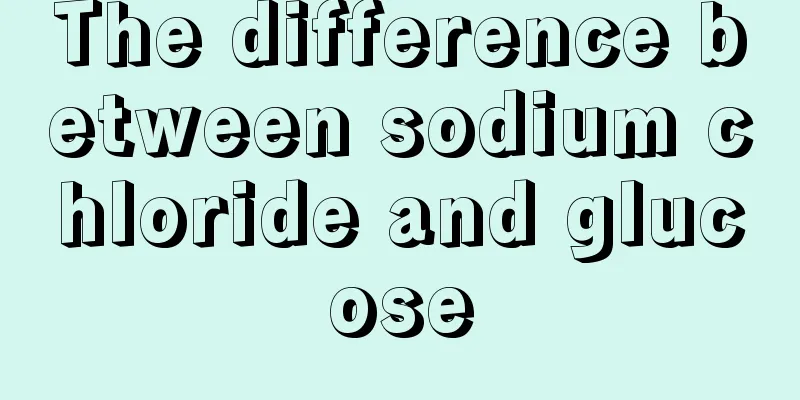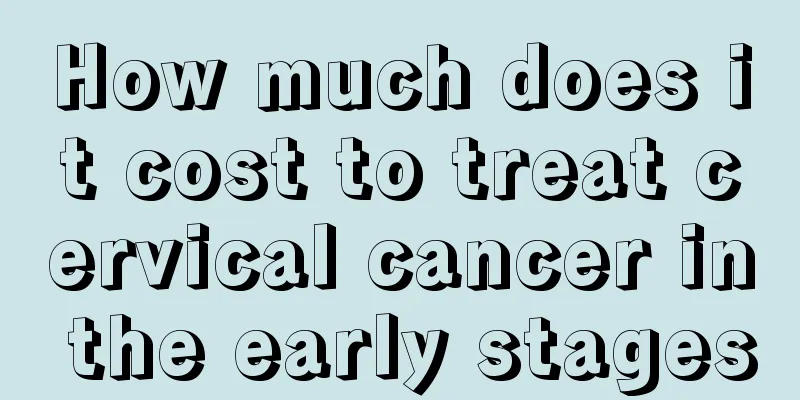How to cure gallbladder polyps?

|
Gallbladder polyps are mainly caused by excessive bile secretion, which makes the gallbladder unable to keep up with the nutrition. When the bile changes, it will corrode the gallbladder and cause inflammation, which will form gallbladder polyps over time. Gallbladder polyps are not easy to detect, and most of them occur suddenly and can easily worsen. Therefore, we must pay attention to gallbladder polyps. Early detection can lead to early treatment. So, how to treat gallbladder polyps? It mainly involves the determination of benign or malignant nature of gallbladder polyps, so as to achieve early detection of malignant lesions and precancerous lesions and early surgical resection. 1. Risk factors for malignant transformation of gallbladder polyps and surgical indications (1) The size of gallbladder polyps Most scholars believe that the size of gallbladder polyps is related to their benign or malignant nature. Small gallbladder polyps (<10 mm in diameter) have been found to be mostly benign lesions and can remain unchanged for many years. Large gallbladder polyps suggest malignancy. (2) Age: The average age of patients with gallbladder polyps, gallbladder adenoma and gallbladder cancer, as well as the diameter of gallbladder polyps are significantly larger than those of patients with non-tumor polyps. (3) The number and morphology of polyps: Single and broad-based polyps are prone to canceration. The malignant changes of gallbladder polyps tend to occur in older, solitary, and large gallbladder polyps. (4) Combined with gallstones The relationship between gallbladder cancer and gallstones is relatively clear. Some patients with gallbladder cancer may also have gallstones. The long-term stimulation of gallstones can promote the proliferation of gallbladder epithelial cells and cause cancer. Therefore, the presence of stones increases the risk of gallbladder cancer. (5) Malignant gallbladder polyps with associated clinical symptoms are more likely to be accompanied by clinical symptoms. Based on the above risk factors for malignant transformation of gallbladder polyps, for young patients with gallbladder polyps, if the diameter of the polyps is small (10mm is the limit) and there are no symptoms at all, there is no need for surgery; for young patients with gallbladder polyps, if the diameter of the polyps is small and there are only symptoms of indigestion (abdominal distension, belching, etc.), conservative treatment can be used. Patients with obvious biliary colic, especially those with gallstones, should undergo cholecystectomy; patients with polyps with a diameter >10mm and risk factors for malignant transformation of gallbladder polyps should undergo cholecystectomy as soon as possible. For patients with polyp diameter less than 10mm and who do not have risk factors for malignant transformation of gallbladder polyps, they can be observed and regularly examined by ultrasound. 2. Surgery For patients with gallbladder polyps with a diameter less than 10 mm, multiple pedunculated polyps, it is suggested that the lesions are likely to be pseudotumor polyps, and laparoscopic cholecystectomy is the first choice. For patients with polyp diameter >10mm and risk factors for malignant transformation of gallbladder polyps, it is suggested that they are tumorous polyps and routine open cholecystectomy should be performed. Frozen sections are routinely performed during surgery to clarify the pathological category. If it is a cancerous polyp, simple cholecystectomy can be performed when the tumor is limited to the mucosa; once the tumor invades the muscular layer, extended resection is required, including wedge resection of the gallbladder bed liver and lymph node dissection. Although there are many controversies in the surgical treatment of gallbladder polypoid lesions, in general, gallbladder polyps with a diameter >10mm, age >50 years, single, broad-based, and combined gallstones have been considered risk factors for malignant transformation of gallbladder polyps. Patients suitable for surgery can be selected based on these risk factors. For gallbladder polyps with a diameter of less than 10 mm and no clinical symptoms, ultrasound examination can be performed regularly. If abnormalities are found, preventive surgical resection can be performed. While undergoing treatment, patients should not be careless in their daily lives. They can eat more foods containing magnesium and potassium. This can prevent too much feces from being absorbed and causing constipation. It can also increase intestinal motility. They can also eat more vegetables, especially green vegetables. These vegetables contain more fiber, which can help patients defecate. But they can't eat too much, otherwise they will get bloating. |
<<: How to treat recurrent shingles?
>>: What is the cause of nausea, chest tightness and shortness of breath
Recommend
A one-month-old baby can't sleep well
Children are like lovely little angels, accompany...
How to choose a scalp massage comb
In daily life, we often hear people talk about sc...
The dangers of dropping essential oil on the belly button
Everyone loves beauty. Some people think that dro...
Does Black Ancient Vine Longevity Tea have any side effects?
Tea is a relatively healthy drink, and many peopl...
What to do if your porcelain teeth have bleeding gums? Four solutions
Gum problems are now very common. After the teeth...
What to do if the skin on your face peels due to welding
In many jobs, such as machinery manufacturing and...
Are there male and female crucian carps?
Crucian carp is a very common edible fish in my c...
The benefits that trees bring to mankind
Trees are common things around us. Many people ju...
Are there any symptoms after three months of high risk?
When a person's physical health is compromise...
Reasons why the air conditioner does not cool
When summer comes, people often can't stand t...
Will you die from melanoma
Modern medicine has proven that melanoma is an ea...
What is better to eat after drinking?
For business white-collar workers, irregular meal...
Symptoms and treatment methods of toothache caused by wind and fire
For the general public, they do not know what too...
How does breast cancer eventually lead to death
When breast cancer develops to the late stage, th...
4 types of clinical manifestations of prostate cancer
Prostate cancer is a common male malignancy. What...









